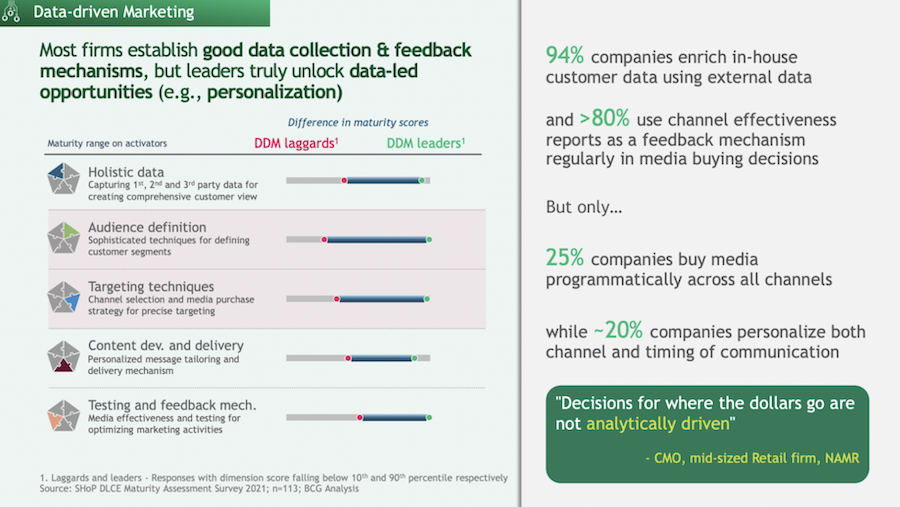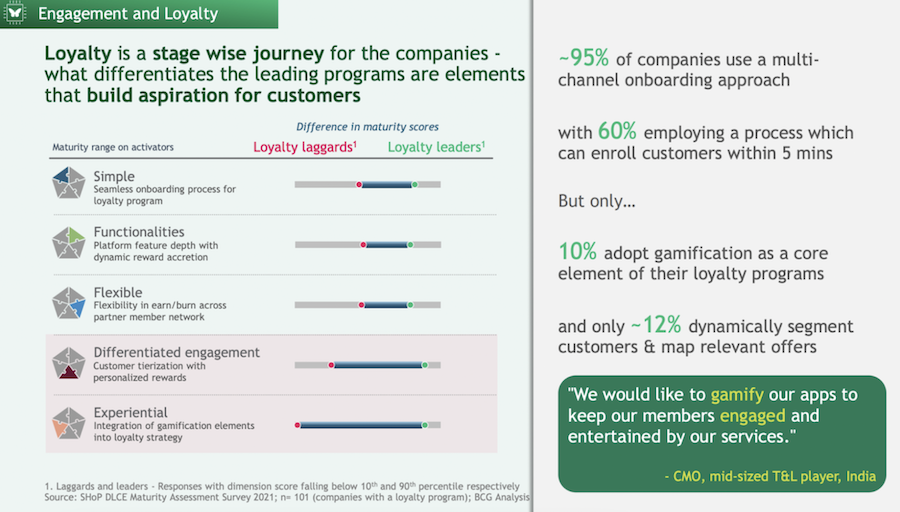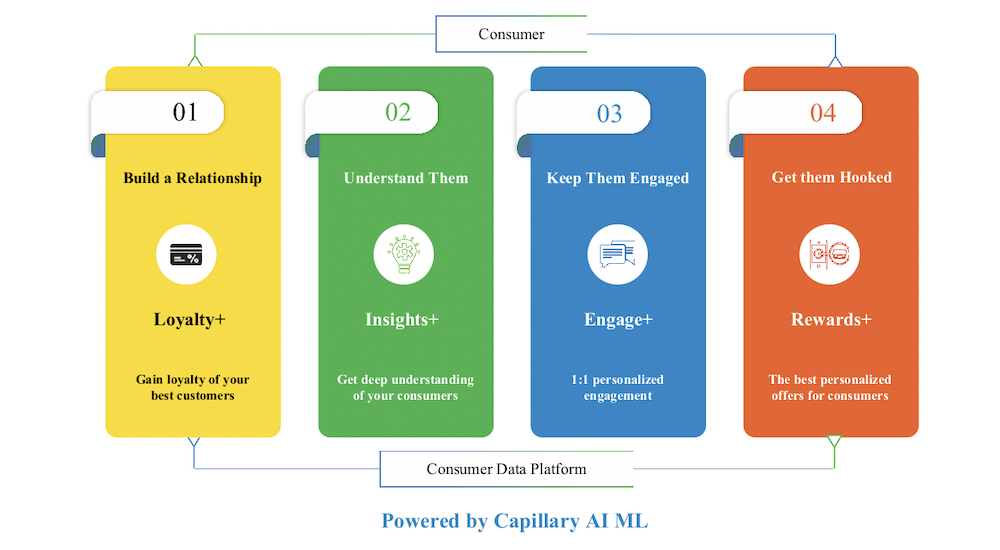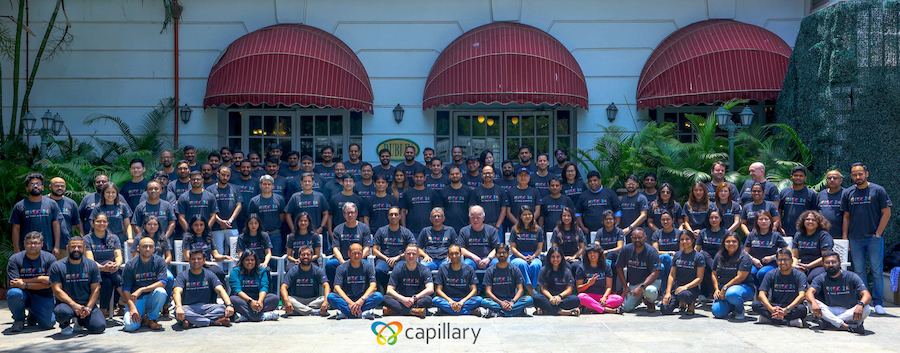The article was originally published on Philippine Retail Association’s (PRA) Quarterly Magazine.
With a global economic downturn and correction in marketing spending, brand marketers across the globe are focusing on more making getting the maximum RoI on their campaigns. At Capillary, having worked with more than 250 enterprises, we see that a majority of the marketing budget is spent on acquiring new customers while it is a known fact that loyal customers are the ones who contribute more towards business growth. In such a scenario, it is incredibly important to focus on customer loyalty and have programs that provide genuine value to customers. And this is where data-driven marketing comes into play.
What is data-driven marketing?
Data-driven marketing refers to the practice of utilizing data and analytics to guide marketing strategies, decision-making, and campaign execution. Data-driven marketing encompasses a range of activities, including customer segmentation, predictive modeling, A/B testing, marketing automation, and performance tracking. It enables marketers to optimize their campaigns, allocate resources effectively, and measure the impact of their efforts with greater precision.
According to a BCG report in association with Capillary, “75% of companies acknowledged that data is the most important lever to drive growth and efficiency.” And this is why data-driven marketing is so important.
Common Pitfalls for implementing data-driven marketing
This is easy to understand and data-driven marketing has become a bit of a buzz word but what really holds back marketers from using data adequately?
- Not having a strategy in place: One of the most significant pitfalls is diving into data-driven marketing without a clear strategy. It is crucial to establish specific goals, identify key performance indicators (KPIs), and outline the steps needed to achieve desired outcomes.
- Not having access to rich data: Data is the lifeblood of data-driven marketing. However, many businesses struggle with accessing the right data or having incomplete and inaccurate data. Lack of data integration, siloed systems, or outdated data sources can limit the effectiveness of data-driven marketing efforts.
- Lack of technology to segment and target the audience: Segmentation and targeting are crucial aspects of data-driven marketing. However, without the right technology like Capillary’s Nudge Framework, businesses may find it challenging to effectively segment their audience and deliver personalized messages.
How to overcome these challenges?
-
- Collecting Meaningful Data: In today’s digital age, there are several touch points where data is generated such as online forms, transactional systems, or customer surveys. Designing seamless customer journeys can help in collecting meaningful data which would generate reliable, actionable insights.
- Having a Headless Technology in Place: A headless technology architecture allows for flexibility, scalability, and seamless integration of various systems and channels. By decoupling the front-end presentation layer from the back-end systems, businesses can leverage multiple marketing technologies and tools to collect, analyze, and activate data.
- Having the Entire Organization Aligned to Drive Loyalty as an Outcome: Implementing data-driven marketing requires a holistic approach and alignment across the entire organization. It’s not just the responsibility of the marketing department; every department should be involved in driving customer loyalty as an outcome.
Leveraging on technology
Leveraging technology is a critical component of successful data-driven marketing. By utilizing various tools and platforms, businesses can enhance their marketing efforts, gain valuable insights, and drive customer loyalty.
- Choosing the right platform: There is a wide range of technology tools available to support data-driven marketing initiatives. Customer Data Platforms (CDPs) help businesses collect, unify, and manage customer data from multiple sources. Loyalty software helps design and manage loyalty programs and Engagement software facilitates personalized and timely communication with customers across various channels. A single platform like Capillary gives all of these capabilities.
- Forming a 360-degree customer view: By integrating data from different touchpoints, such as transactions, website interactions, social media, and customer service interactions, businesses can gain a comprehensive understanding of individual customers. This holistic view enables deeper insights into customer preferences, and behaviors, and brings the ability to deliver hyper-personalization.
Reducing CAC, Increase RoI, and driving customer loyalty
In conclusion, the implementation of data-driven marketing strategies can lead to significant benefits for businesses, including reducing customer acquisition costs (CAC), increasing return on investment (ROI), and driving customer loyalty.
Reducing CAC is a crucial objective for any organization, as it directly impacts profitability. Data-driven marketing enables businesses to identify the most effective channels, campaigns, and customer segments to acquire new customers at a lower cost. By analyzing data, businesses can allocate their resources more efficiently and focus on the strategies that yield the highest ROI. This leads to improved cost-effectiveness and a more sustainable approach to customer acquisition. And increase in ROI is a key metric that reflects the overall success of marketing efforts.
Both of these drive focus on customer loyalty and when data-driven marketing is implemented in the right fashion, business growth and customer loyalty are a natural outcome.








